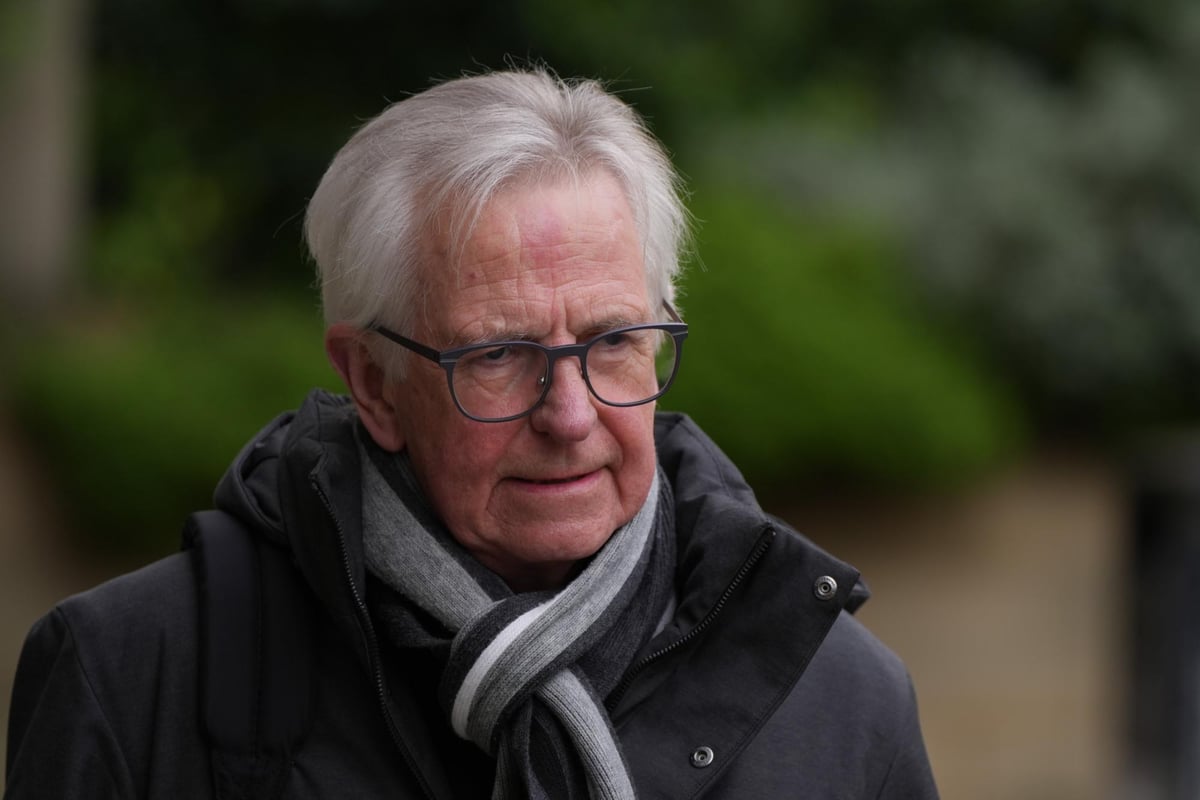April 30, 2025 This article has been reviewed according to Science X's editorial process and policies . Editors have highlightedthe following attributes while ensuring the content's credibility: fact-checked proofread by Saima May Sidik, Eos Research shows that communities are best able to mitigate the effects of climate change when they can work alongside scientists on adaptation plans. B.
Hanson and colleagues recently extended this finding to Indigenous communities in the Colorado Plateau, including members of the Navajo Nation, Hopi Tribe, and Ute Mountain Ute Tribe. Their study is published in Community Science . To learn more about the qualities that make climate education most accessible to these groups, the researchers conducted a series of listening circles, interviews, and consultations with Indigenous peoples and Westerners with extensive experience working in Indigenous communities.

They collaborated with members of the Nature Conservancy's Native American Tribes Upholding Restoration and Education, or NATURE, program, which aims to equip Indigenous college students with natural resource management skills. Several themes emerged. Indigenous students are most likely to engage in climate education when they're actively recruited for a program, when mentors are willing to learn from students as well as teach them, and when a program emphasizes the value of integrating Traditional Knowledges with Western science, for instance.
Small class sizes and ample one-on-one instruction also keep students engaged. On the basis of these findings, the researchers created a climate module that can be taught as part of a broader college-level environmental science curriculum, for example, as part of a program like NATURE. The module is "menu style," meaning that instructors and students can choose the activities they find appealing from an array of options.
One option is classroom lessons on issues that are relevant to the Colorado Plateau, such as water conservation and cattle management. Another involves field trips, such as a day trip down the Colorado River, during which guides provide insights into how climate change is altering the landscape. Indigenous students are "uniquely positioned to engage in environmental restoration" because they have deep connections with natural systems, the researchers wrote.
This collaboratively designed program could help students achieve this potential, they say. More information: B. Hanson et al, Building Relationships for Meaningful Co-Created Indigenous Climate Education, Community Science (2025).
DOI: 10.1029/2023CSJ000054 Provided byEos This story is republished courtesy of Eos, hosted by the American Geophysical Union. Read the original story here .
.
Environment

Teaming up to tailor climate education for Indigenous communities

Research shows that communities are best able to mitigate the effects of climate change when they can work alongside scientists on adaptation plans. B. Hanson and colleagues recently extended this finding to Indigenous communities in the Colorado Plateau, including members of the Navajo Nation, Hopi Tribe, and Ute Mountain Ute Tribe. Their study is published in Community Science.















